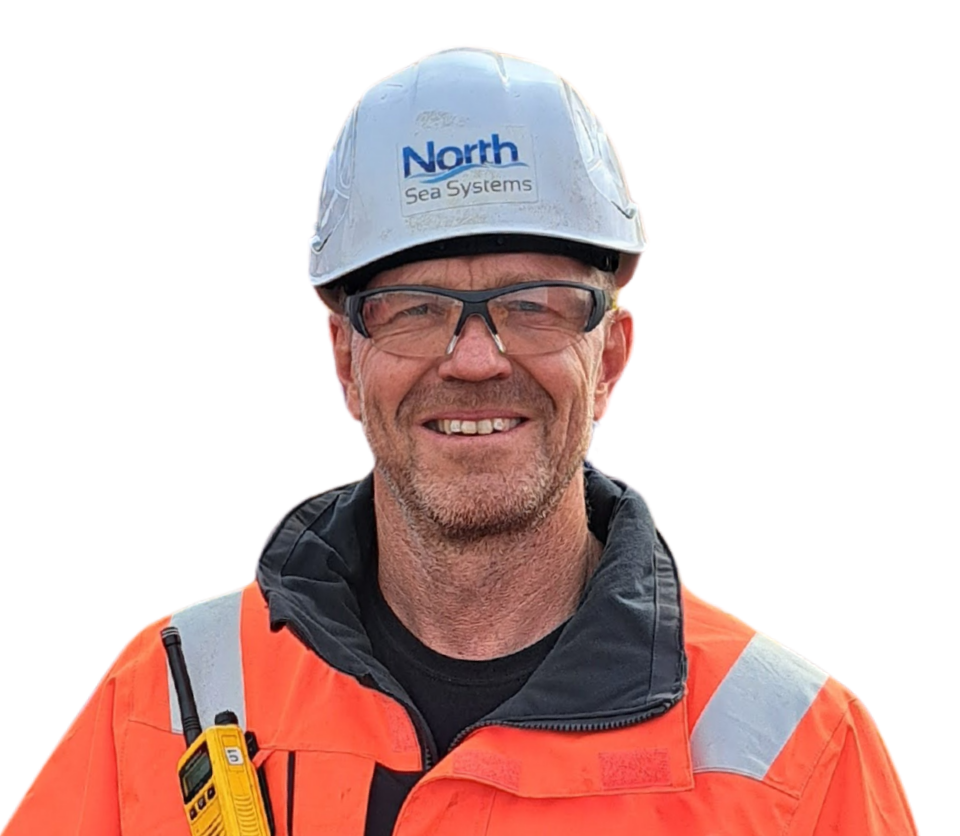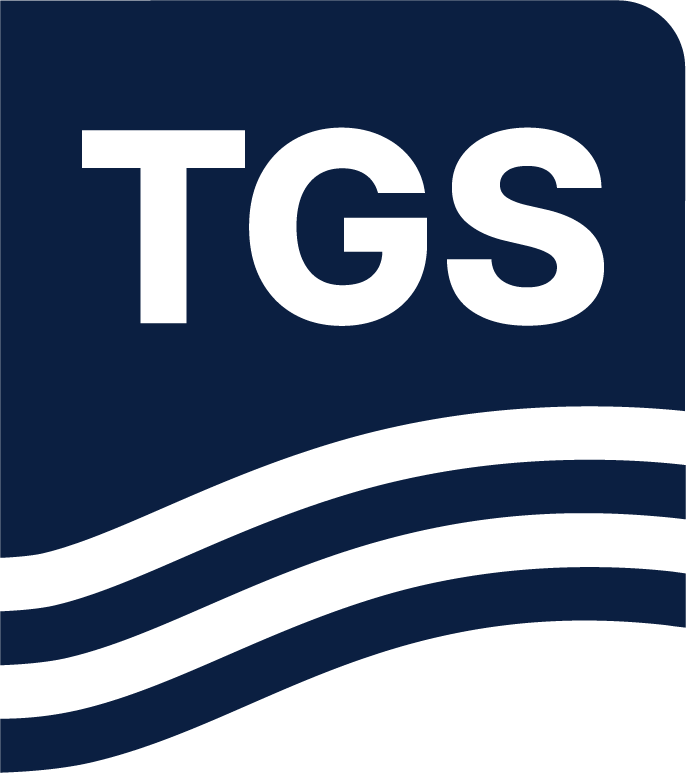The submarine cable industry is becoming increasingly critical. As global demand for low-latency, high-capacity data transmission grows, submarine cable infrastructure is expanding to establish new digital corridors and reduce chokepoints. The focus is shifting towards more resilient, diverse and modular systems that can adapt dynamically to geopolitical risks, growing bandwidth requirements and changing traffic patterns. Earlier stages of global connectivity were defined by transoceanic routes and primary landing points; the next wave centres on intelligent routing, scalable bandwidth and service-aware architecture.
How Connectivity Is Transforming the Global Data Fabric
Connectivity in the subsea domain is evolving rapidly, driven by innovations in repeater technology, route planning software and multi-terabit wavelength systems. Stakeholders across the value chain, including cable manufacturers, network operators, hyperscalers and cloud enablers, are streamlining deployments and reducing time to service through automation and data-driven planning. The global shift towards smart, software-defined networks is enabling more efficient integration of undersea and terrestrial systems. Network virtualisation and edge-optimised landing stations are becoming essential components in reducing latency and enhancing real-time performance for mission-critical applications.
Open cable models and vendor-neutral network architectures are gaining traction across the industry, offering greater flexibility for system upgrades and partnerships. As capacity consumption surpasses earlier projections, engineers are using digital twins of subsea systems to simulate designs, predict faults and optimise operations before physical deployment. This virtual-first strategy reduces costs while improving system reliability and lifespan. In addition, intelligent monitoring and AI-based predictive analytics are enabling proactive maintenance and real-time anomaly detection, helping to maintain uptime commitments and meet SLA performance targets.
The New Era of Subsea Infrastructure
A new chapter in submarine cable innovation is emerging, where agile cables with reconfigurable branching and in-service upgrades are redefining the potential of global connectivity. Intelligent marine robots are now inspecting and maintaining subsea lines with increased precision, while software-defined controls enable dynamic traffic rerouting in response to demand or disruption. AI systems are playing a growing role in recommending traffic management strategies and detecting potential hazards across extensive cable networks.
At the same time, industry decision-makers are increasingly aware of the growing risks that accompany these advancements. Cybersecurity, cable protection and geopolitical stability are top concerns for cable operators, policymakers and investors. With submarine cables now forming the backbone of the global digital economy, carrying over 95% of international data, ensuring their integrity has become a national and commercial priority.
Despite the challenges, the future remains bright for the subsea connectivity sector. At Submarine Cables EMEA 2026, the global ecosystem will come together to explore the next generation of high-performance cable systems, diversified landing strategies and smart network architectures. The story of connectivity is no longer just about distance or capacity; it is about intelligence, agility and resilience on a global scale.




















